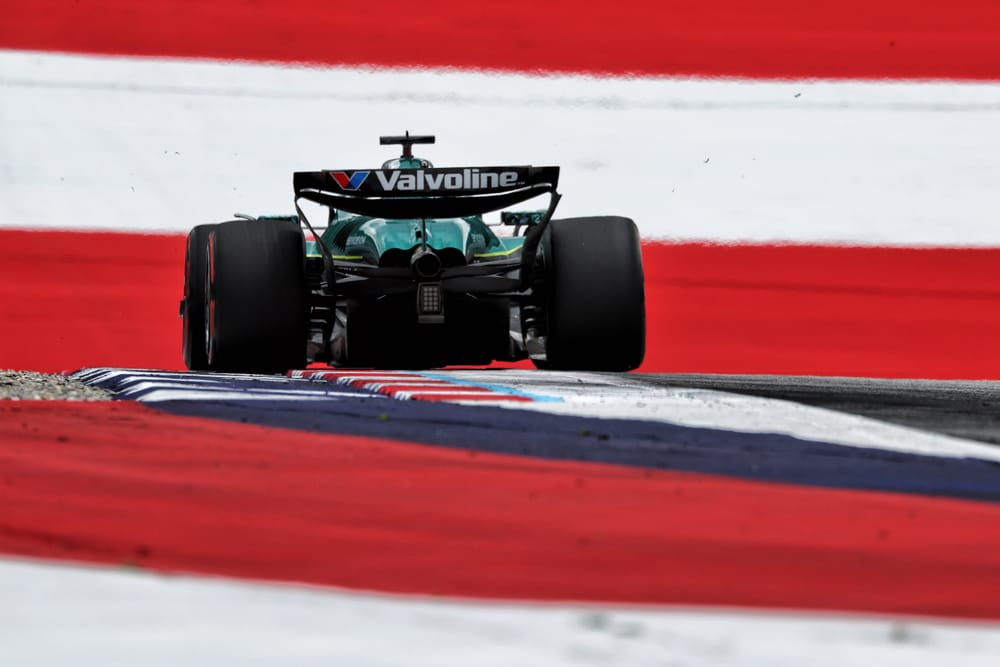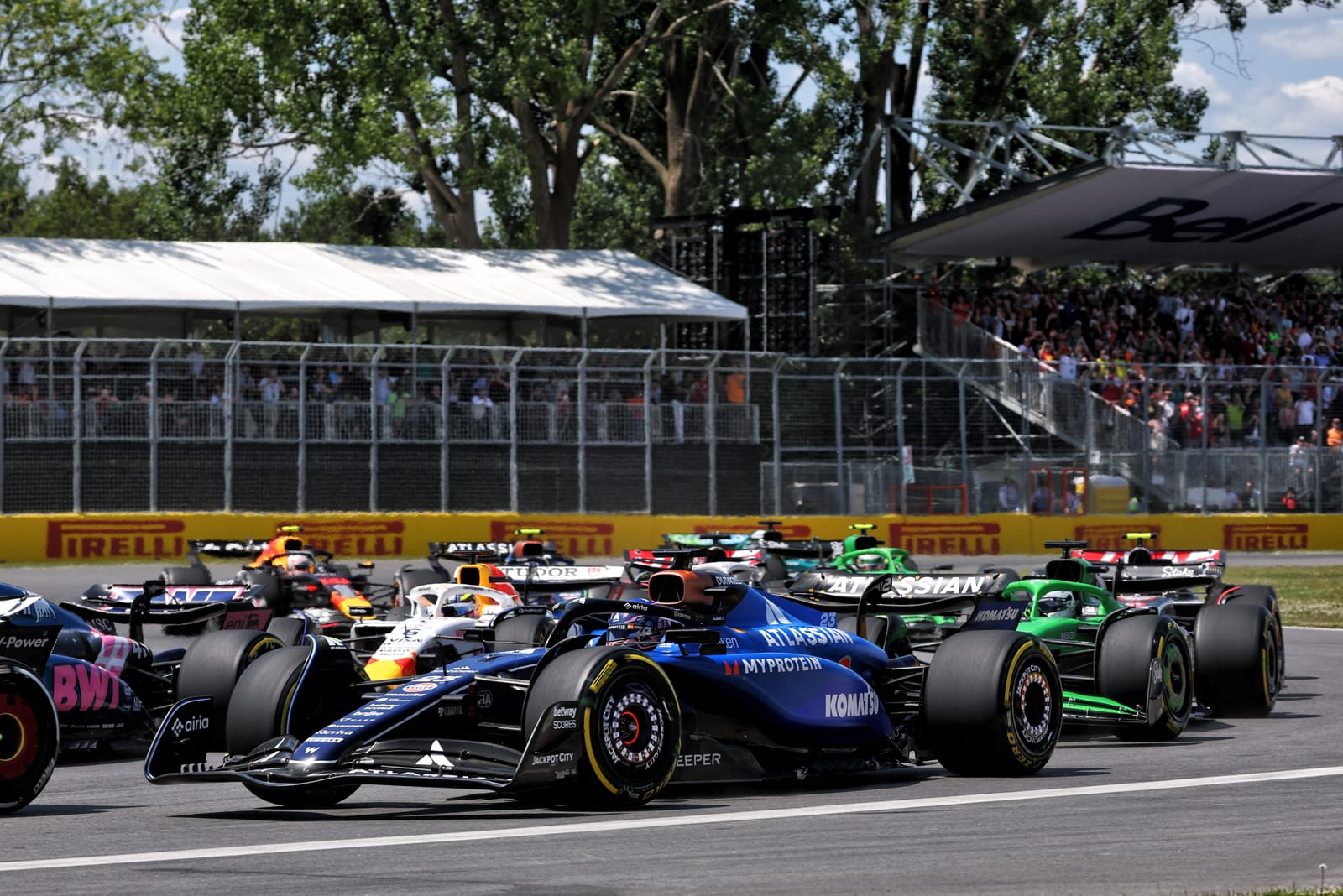Alpine and Adrian Newey's new Formula 1 team Aston Martin are the biggest winners from the aerodynamic testing restrictions reset that has kicked in ahead of a crucial 2026 development run.
For the second time since the ATR system that limits how teams develop their cars in the windtunnel and using CFD was introduced in 2021, it will impact how teams prepare for a massive rules change.
Included in the ATR is a development allowance on a sliding scale based on championship position in the middle of the year and at the end of it.
This year the mid-season reset came between the Canadian and Austrian GPs, as the third aerodynamic testing period (ATP), which is how ATR limits are enforced, ended on June 22.
Since Monday before the Austrian GP, teams have had the following percentages of a baseline that sets the number of windtunnel runs and number of CFD items that can be produced per ATP.
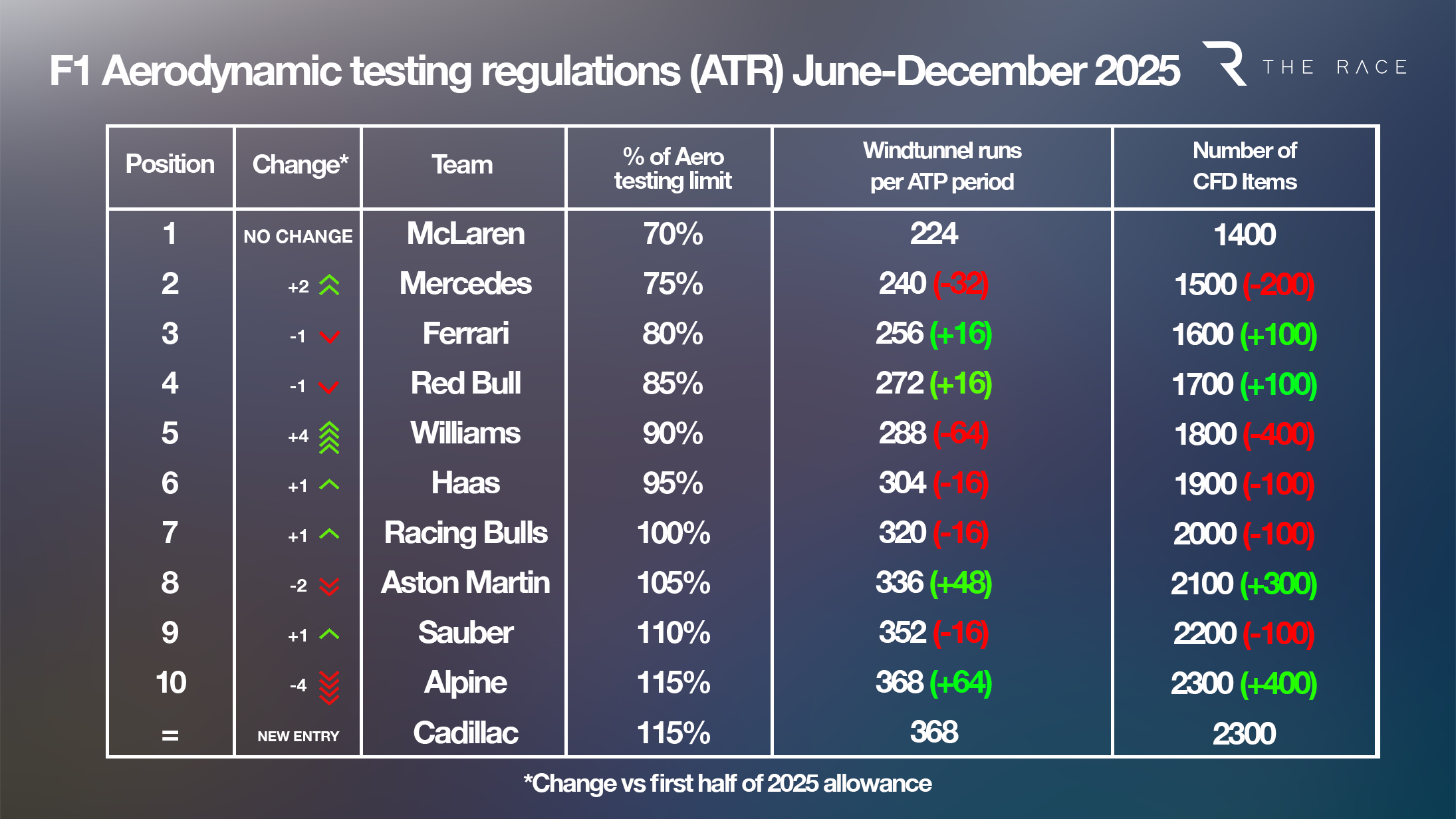
Alpine's fall from sixth last year to last in the championship as of June 22 triggers the biggest ATR swing of any team - 95% to 115% - and also means it has the biggest development allowance of all for the final six months of 2025.
But Newey's Aston Martin is also a big winner, as its tough start to 2025 left it eighth in the championship at the cut-off, having finished fifth last year.
The ATR reset came at a good time for Aston Martin as its first major upgrade package of the season at Imola in May has made its car a lot more competitive but this had not yet translated into a major shift in championship position by the cut-off.
So that means Aston Martin has the benefit of some in-season momentum and a good development step that bodes well for the rest of 2025 while still banking a big ATR bonus compared to before (90% to 105%) and the third-highest ATR allowance of all.
The biggest loser from the ATR reset is Williams, which has had a very strong 2025 as the standout midfield team, and is fifth in the championship after finishing only ninth last year. That means a swing from 110% of the baseline limit to just 90%.
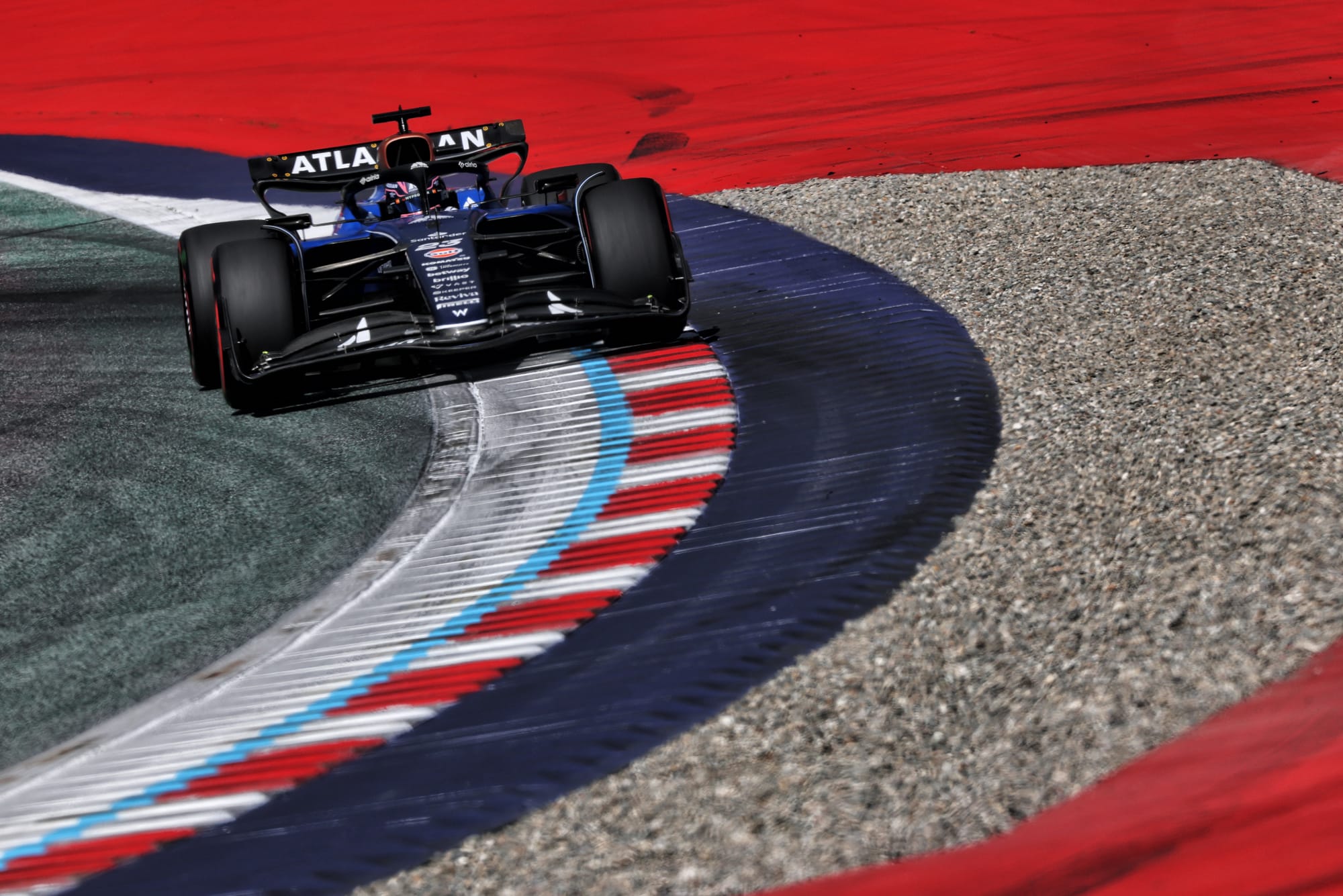
"There's no doubt about it, it's a hindrance in terms of the amount of 'wind on' time that you have," Williams team boss James Vowles told The Race, referencing the point at which windtunnel testing gets counted.
"But here's my experience of it. We have bounced backwards and forwards between ninth to seventh. But actually, our output from the windtunnel didn't change dramatically with any of that, because you find ways of being more efficient in what you can do.
"I know that sounds odd, but effectively, there's an ideas generation, relative to windtunnel time in a period, and effectively you need to make sure that you've got the capability to maximise that.
"Is it a hit? Yes. But is it enormous? No. I don't think we'll even see it on a tracker movement."
The biggest change amongst the top teams is Mercedes, which was only fourth in the championship last year but was second in the standings at the point the ATR limits were set for the rest of 2025.
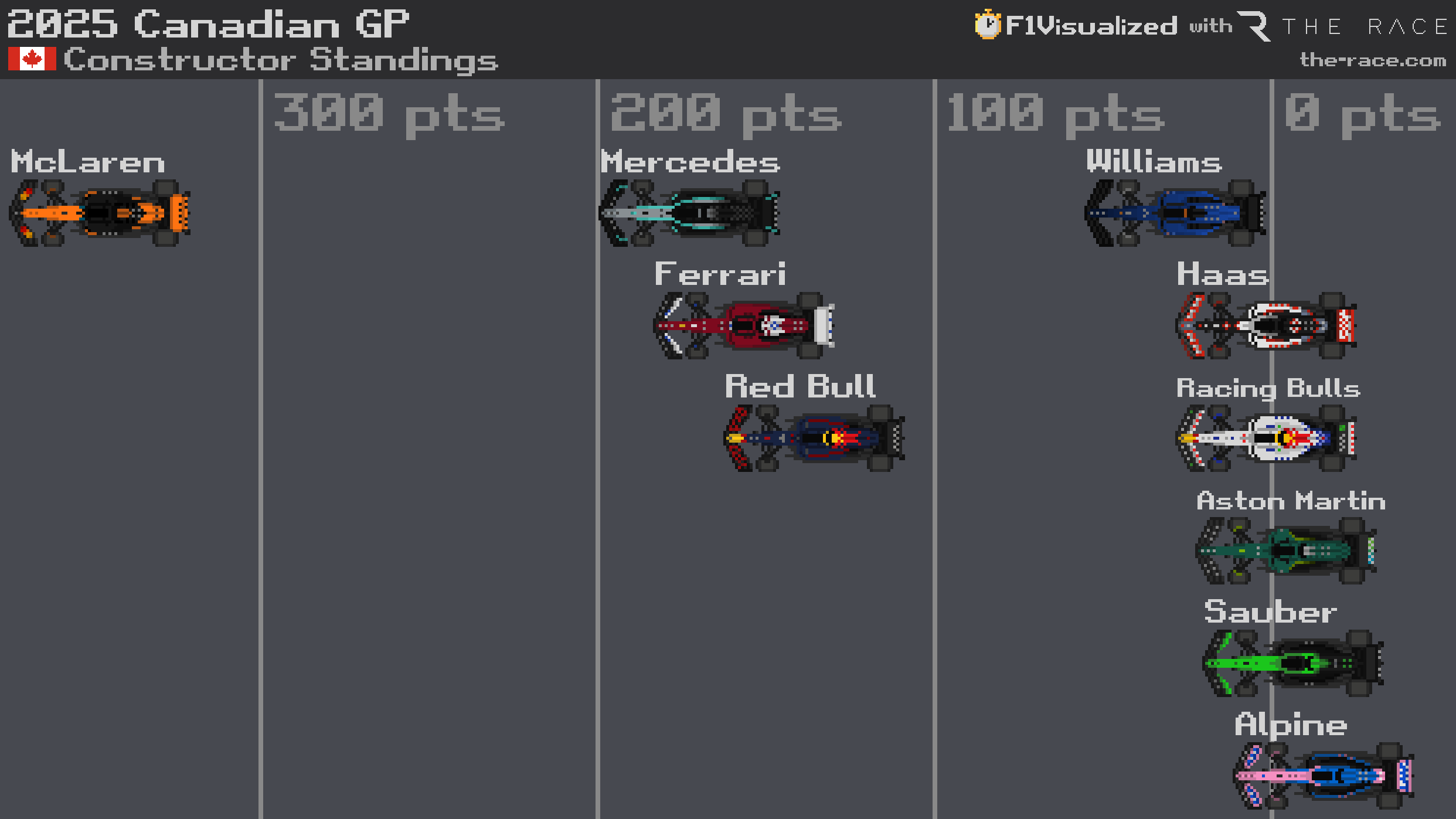
It would have been third, and had a slightly higher percentage of the limit, but its one-three in Canada - the final race before the reset - moved it ahead of Ferrari into second.
Last year's constructors' champion McLaren continues to lead the standings so has no change and still has the smallest allowance of 70%.
"It's a really good challenge to understand how much performance we can still get out of the 2025 car and how much performance we really need to be putting on to 2026," said McLaren technical director for engineering Neil Houldey.
"And at the moment, really, we've captured everything that we think we can on 2025. There'll be another couple of small upgrades, potentially something a little bit bigger at the next event. But that's really all in manufacturing now.
"And the technical office are, give or take a couple of people, fully focused on the 2026 car now."
New 2026 entry Cadillac has been subject to the same ATR limits as the last-placed team since the second ATP of the year in March.


